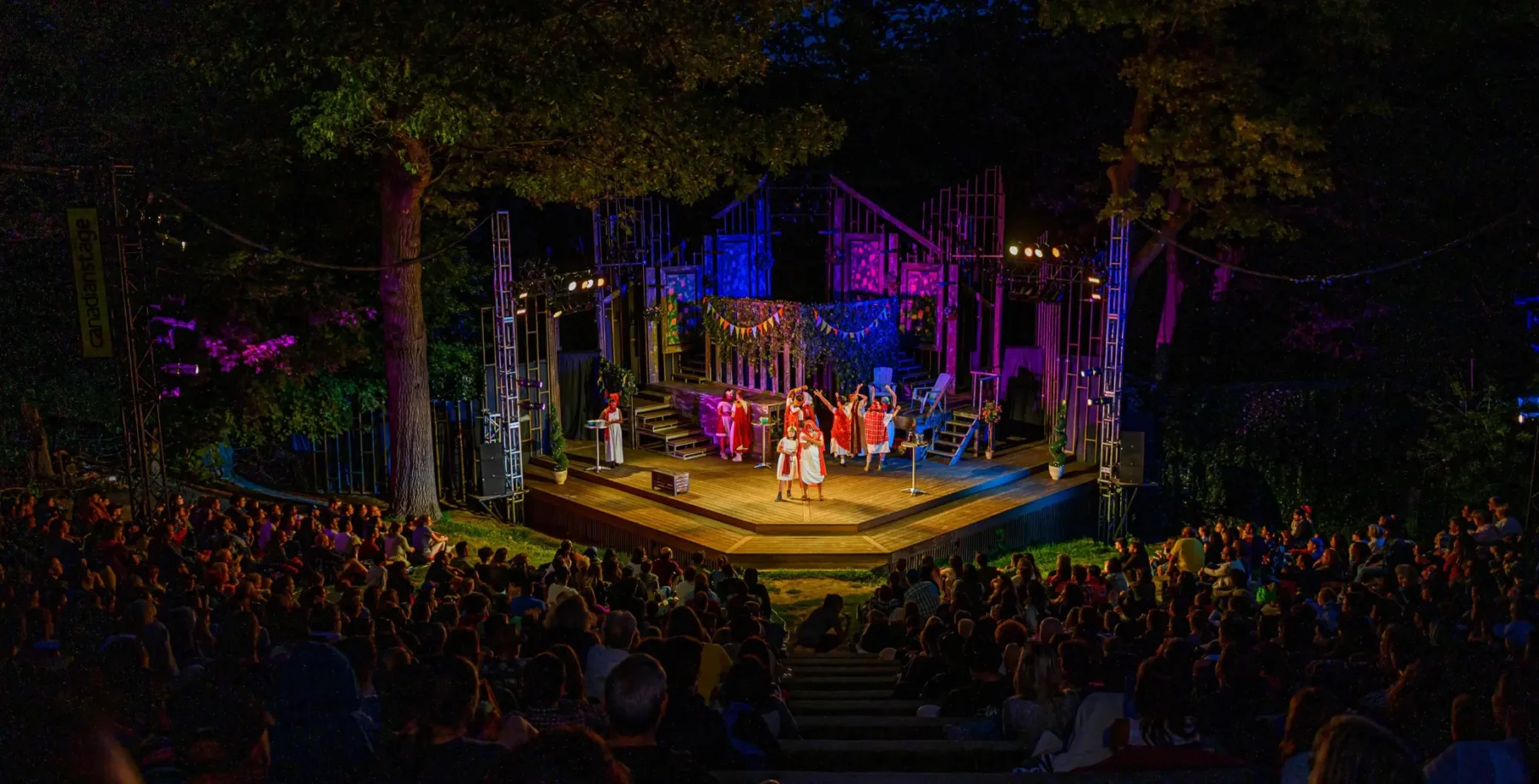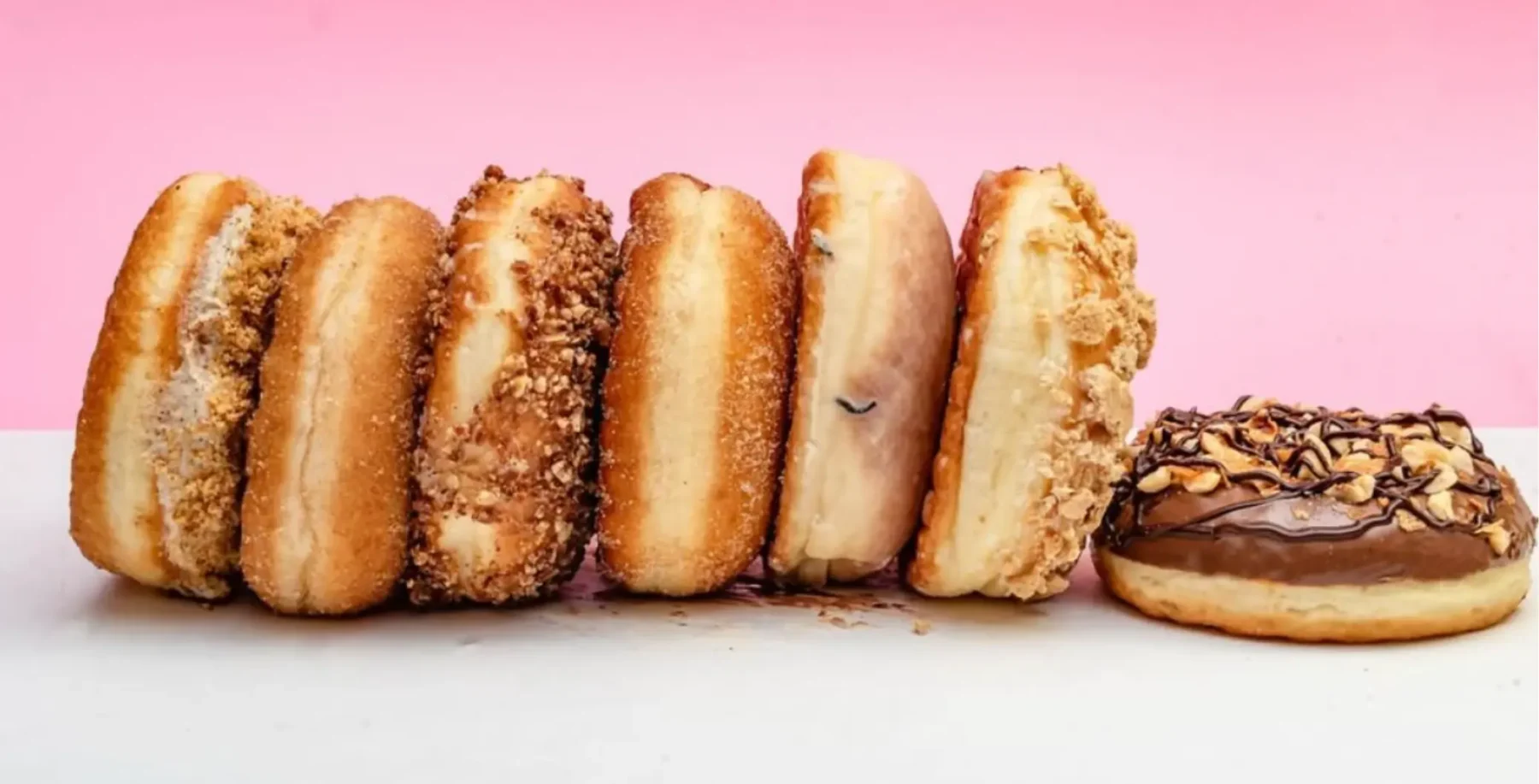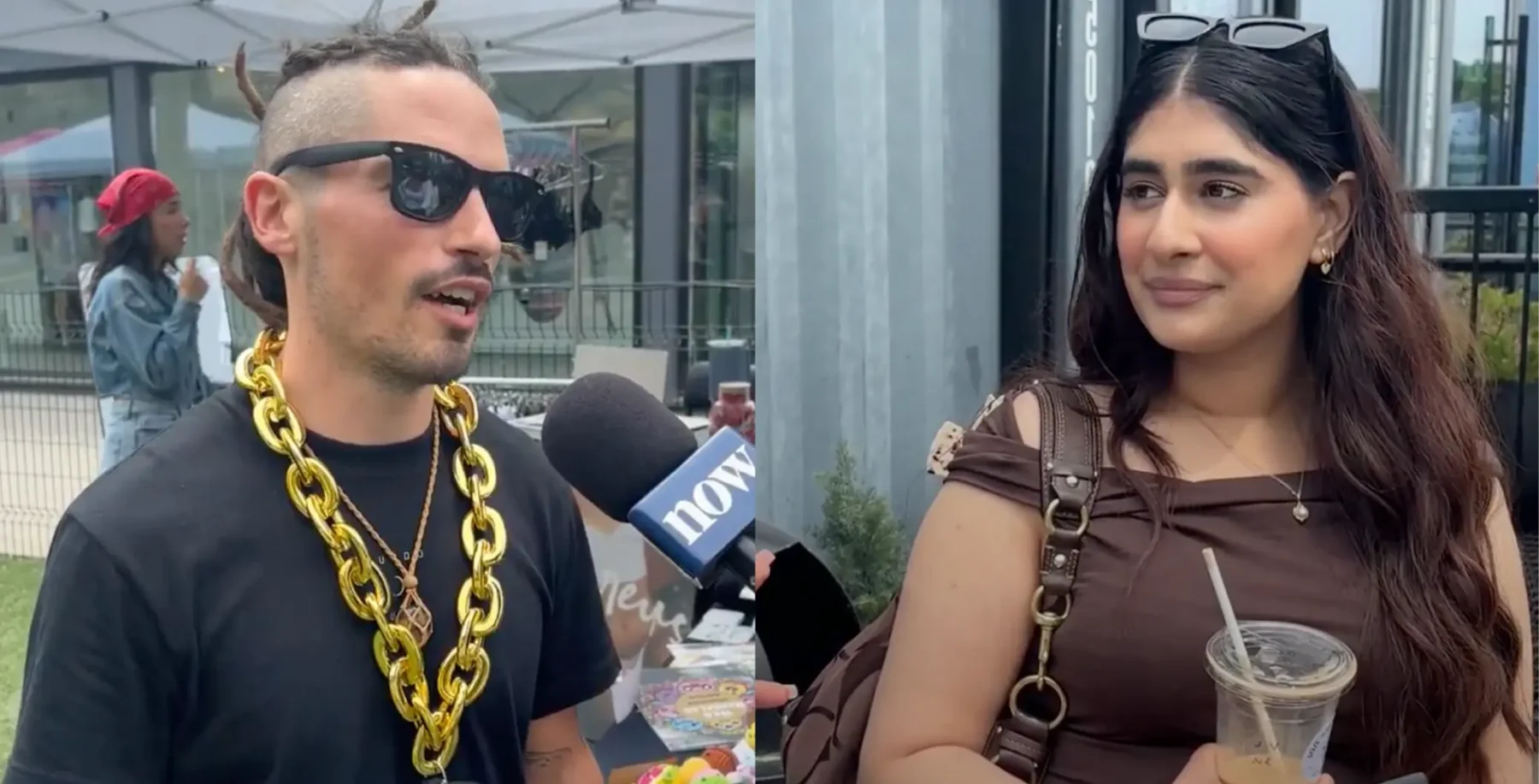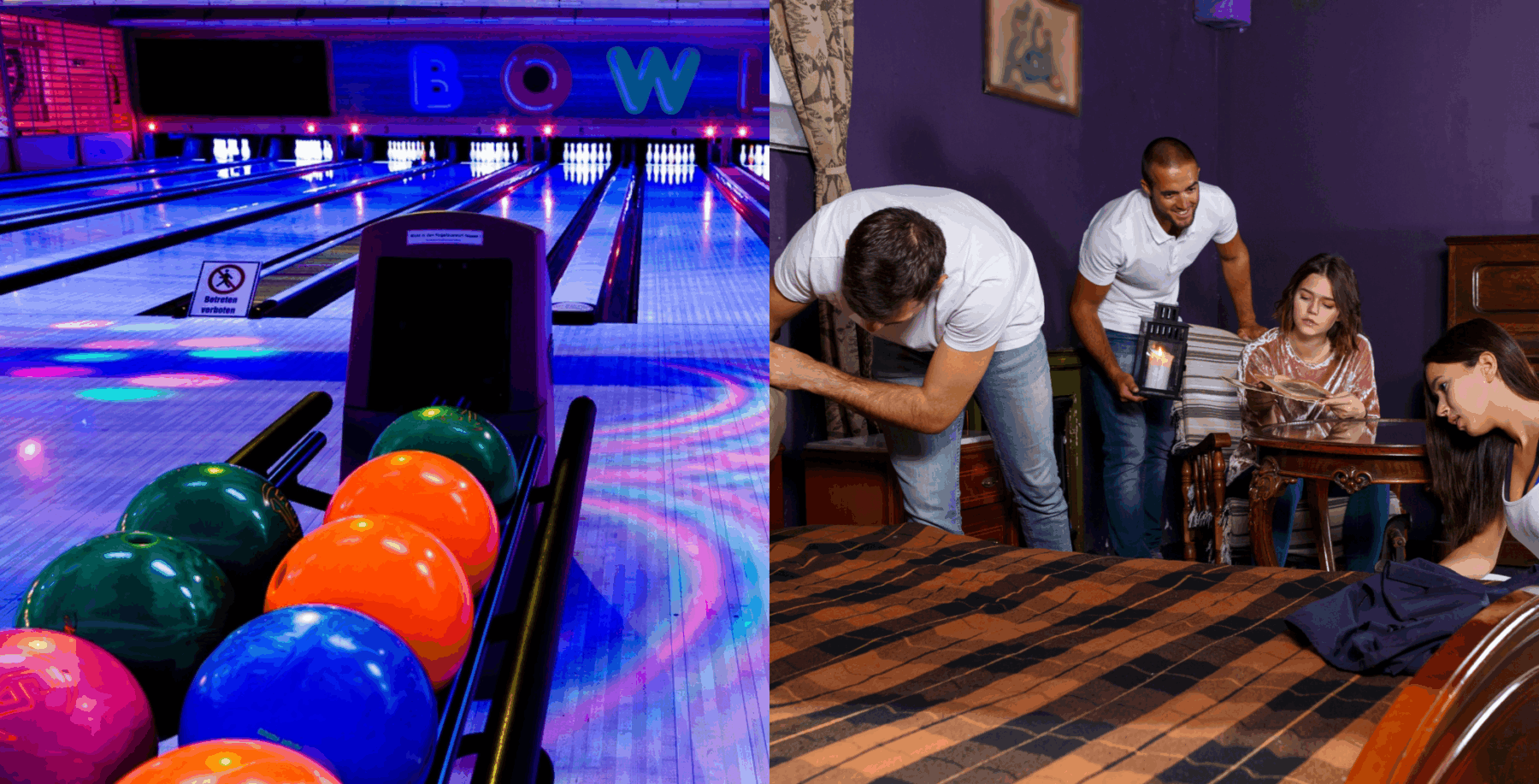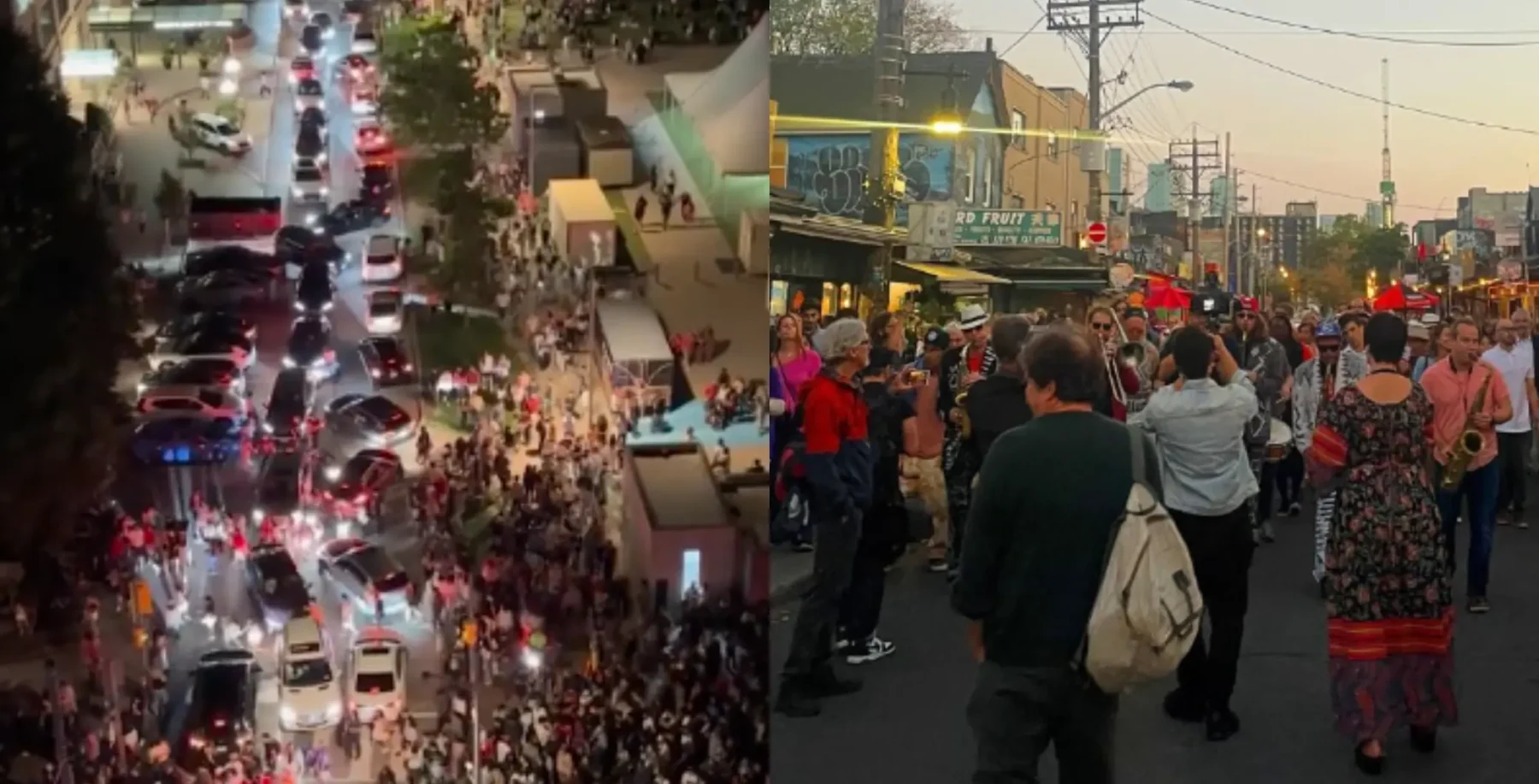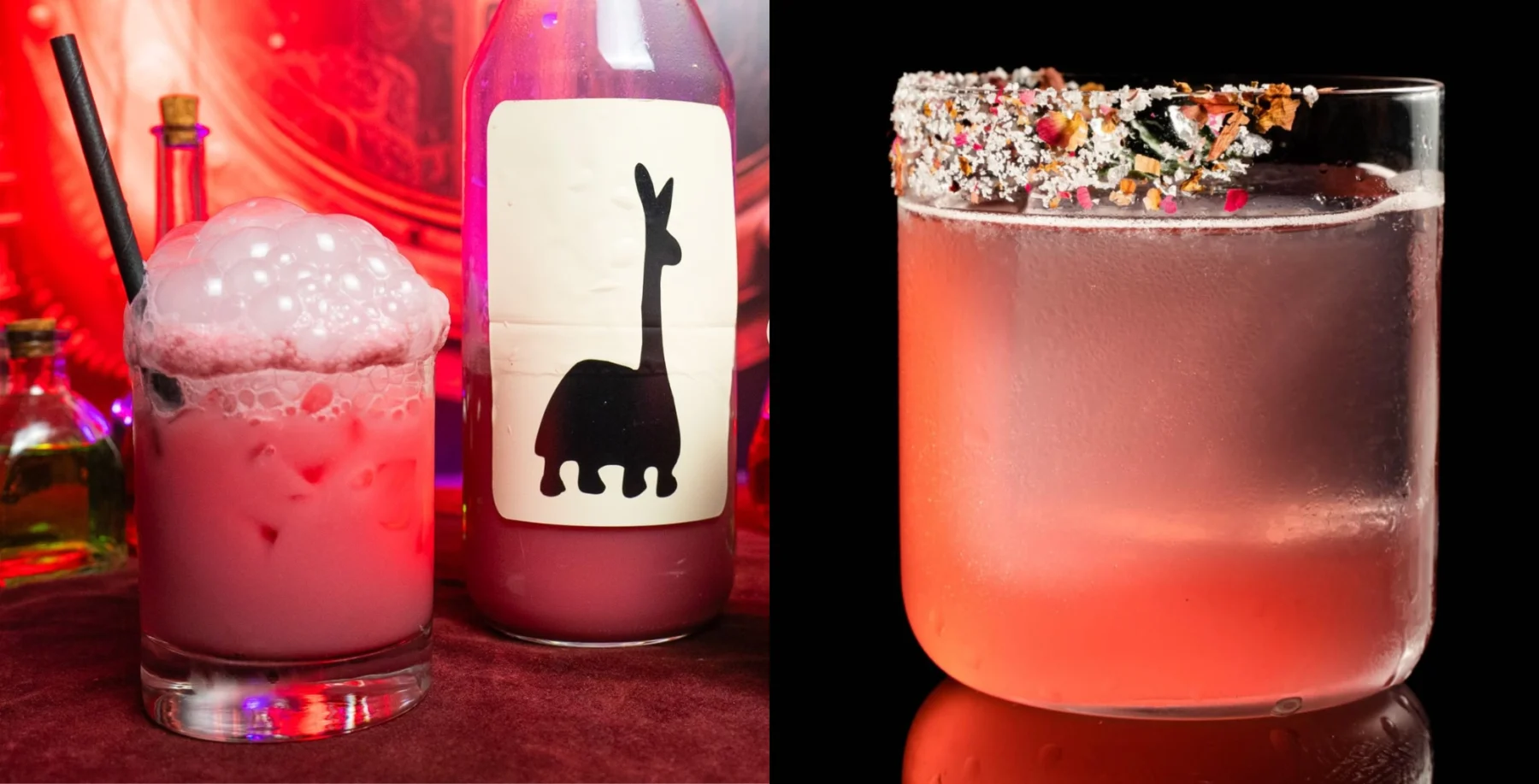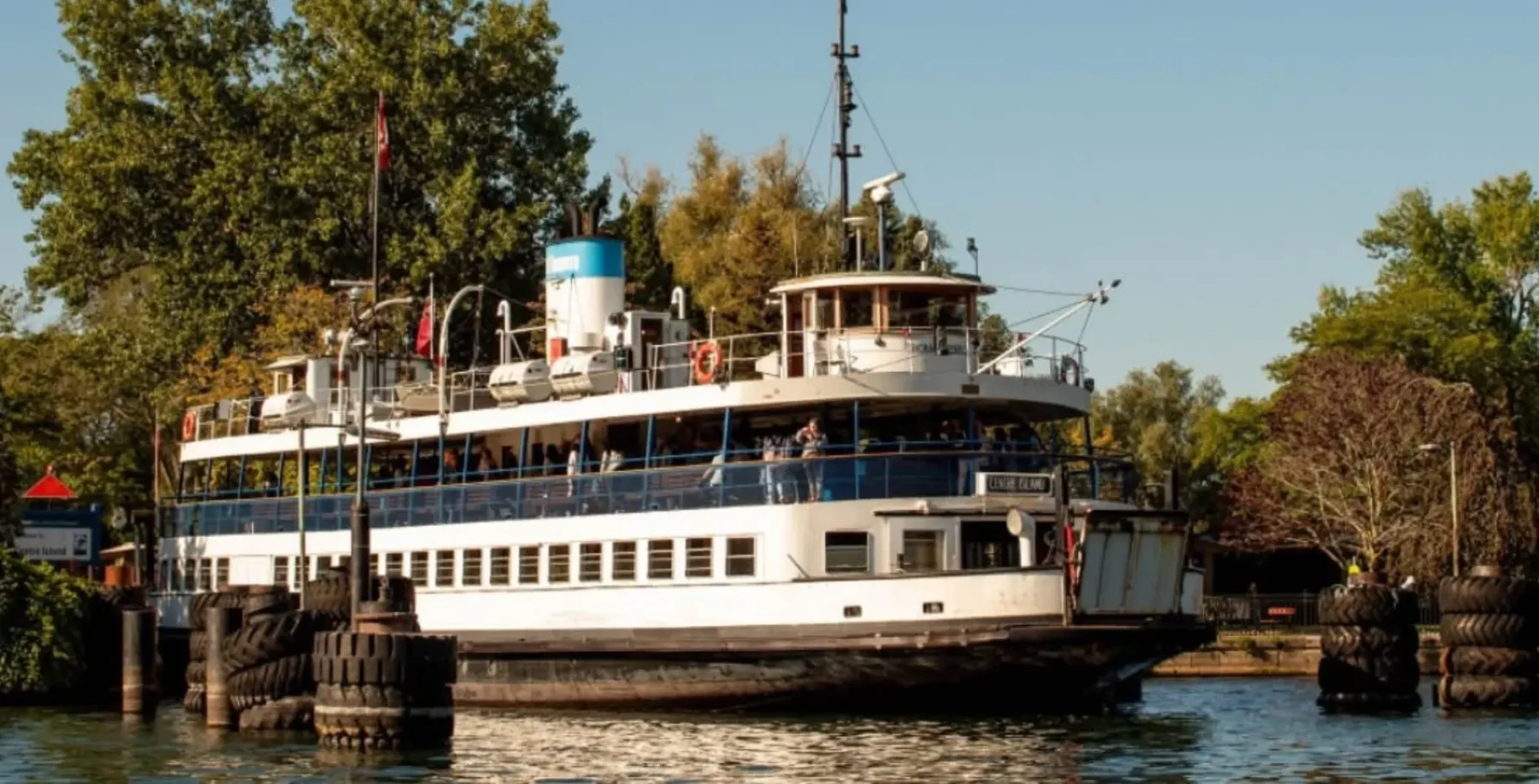
Now Toronto has launched a new column titled Queer & Now, by me, Dev Banfield. Every month, we’ll be publishing stories about the 2SLGBTQ+ community to put a spotlight on important conversations impacting the community, and more importantly, for members to be heard and be seen.
But before we jump into our first story, I wanted to tell you a little about myself and how this column came to be.
I have known that I was queer for at least a decade. I fell in love with a woman for the first time in my early teens, but the first person I came out to was a boy I was dating at 15 years old.
Right before I broke up with him, I told him I was attracted to another woman, and not him. That was difficult. But it was also an immense relief when he simply congratulated me for realizing this part of myself. Later in high school, I came out to my circle, finding myself incredibly fortunate to have a close group of friends, parents, and siblings who loved and accepted me unconditionally.

Despite this warm reaction, and the immense courage of queer trailblazers throughout history, including those who have been harmed and even killed while living their truth, I was still terrified to “come out.” Telling people about my sexuality always came with the condition that I still did not want it to be common knowledge. In this internal struggle, the great strides of those within the 2SLGBTQ+ community who came before meant very little if the people I love do not accept me.
It’s important to note that I grew up in a huge family, with many cousins, aunts, uncles, and other relatives. This family is full of love and laughter, but among the many, I always knew that a few members of my family were not supportive of the 2SLGBTQ+ community. Any worries I had about my parents’ reactions soon faded once I came out to them. My mother, father, and brother are my biggest champions and most fierce supporters, learning more about queer history and culture, and supporting me without question. But still, I kept my identity close as I listened to a few relatives lament that they “don’t mind gay people,” but “wished they would stop pushing their agenda.”
“Do they have to show that on television?!,” I would hear relatives say as a gay couple kissed on screen.
When they say things like this, I hear: it’s fine to be gay as long as you stay in the closet. So, I did. Despite coming out to my immediate family and friends at 16, I continued to conceal this part of myself publically for fear of backlash, fear of being something, someone, that people do not love, until now.
I often found myself smiling and shaking my head when asked by relatives or acquaintances if I had a boyfriend. When assured that I would meet a man soon I nodded along, happy that my disguise was working, thinking about all of the times I had heard that expressing queerness was not appropriate.

I started dating women but kept up the act, denying my true identity, and frequently introducing my then-girlfriends as close friends. As a feminine woman, I’m considered “straight passing,” meaning that the average person would assume I am heterosexual. While having long hair, wearing makeup, and wearing traditionally feminine clothes has always been something that I’ve enjoyed, it has also allowed me to fly under the radar as a queer woman.
I’ve waited anxiously when starting new jobs or meeting new people, to mention a girlfriend or ex-girlfriend, making sure that I’m in a safe space before revealing that part of my identity. I find myself considering every interaction, analyzing if anyone said anything that would lead me to believe they are homophobic, or otherwise prejudiced. I listen to see if they mention a queer friend or relative. I wait to see if anyone else is openly queer, or openly supportive of the 2SLGBTQ+ community, ensuring that I’m not making myself a target by revealing my sexual identity.
I’ve ensured that my sexuality takes up no space in the world, for fear of judgement, for fear that it would make other people uncomfortable. I’ve had nightmares about being excluded from functions, social events, and other aspects of life because of who I am, and who I love. Some people may ask why the judgement of other people matters, and the short answer is that it doesn’t. However, it has been difficult to overcome the voice in the back of my head, deeply ingrained by years of hearing that being queer was not OK. That small voice telling me that being gay is not OK.
I am now in a place where despite passing as straight (whatever that means), actively concealing this part of myself, online and in public, is heavy. Having to constantly consider if I’m safe before revealing such a huge part of myself is exhausting, while thinking about the negative opinions of those I love often breaks my heart.

I first realized how heavily this weighed on me when a younger woman I know confided in me that she identified as queer, and I realized she thought I was straight. Though honoured that she felt safe enough to confide in me, I was devastated to realize that by concealing this part of myself, I had failed to be the representation she needed to see.
In an effort to make others comfortable, I’ve spent the past ten years making myself painfully uncomfortable. A secret like this is suffocating, leaving you constantly wondering if you will be found out, or outed to someone you don’t think will accept you. We live in a time where queer representation and acceptance are more common than ever before, but many people still find themselves closeted out of fear, and shame. For me, that shame ends here.
Ten years of remaining half in and half out of the closet has left me wondering, why shouldn’t we take up space? After falling in and out of love, and living openly as a queer woman in several different jobs and social circles, I’ve realized that the only thing holding me back was the message of intolerance ingrained in me as a child. But why should I hide a part of myself for the benefit of someone else?
You know the warm, inclusive feeling when a show you enjoy introduces a queer character? Or the smile that spreads across your face the first time you listen to a song about the experiences of 2SLGBTQ+ love? I want to spark these feelings with Queer & Now, a new regularly published column in Now Toronto, that creates a space for people within the 2SLGBTQ+ community to feel (and be) seen within Canadian media. Because not seeing yourself, or being yourself, is painful.
Queer & Now is for everyone who has been told they don’t “look gay,” or that they’re “too gay.” It is for those who are “too flamboyant”, “too queer”, or “not queer enough.” It’s for every 2SLGBTQ+ teenager, like teenage Dev, who feels alone and unseen. It’s for everyone who’s still in the closet, feeling suffocated while doubting themselves both for being queer, and for being afraid to own it. Because we deserve to see ourselves, to be ourselves, and to have our love seen, despite how others may feel. Because the all-too-popular rhetoric that being gay, bi, lesbian, transgender, or otherwise queer is OK, as long as it’s private, is hurtful.
For our first story, we explore the rich Queer community in Toronto through a love letter to the Church and Wellesley Village, and what it means to our community.
The Village at Church and Wellesley
Toronto’s Church and Wellesley neighbourhood, known affectionately as “The Village,” has been a hub for Queer culture for decades. With Queer-owned and operated bars, restaurants, shops, and services, the rainbow and trans-pride crosswalks, street art, and decorations beckon nostalgia for anyone who has found a safe haven within Toronto’s famous Queer neighbourhood. This is where many people who identify as Queer or 2SLGBTQ+ first came into their own, walking in their truth as Queer people for the very first time. But after the parades have wrapped up, and the roaring Pride month crowds dissipate, what does The Village mean to Toronto’s 2SLGBTQ+ community?

Chris, who is young and identifies as gay, told Now Toronto that The Village serves as a family for many queer people who are rejected by their biological families due to their sexuality, or gender expression.
“The Village means a lot more inclusiveness for me. It became like a family to me, I know a lot of people around here and it’s a really nice community where we help out each other, and have each other’s backs,” Chris explained.
“I’ve worked here for 25 years, and I think it just has a certain flavour that’s different from anywhere else in Toronto. The vibe is chill and eclectic,” explained Vivia, who identifies as straight, and an ally of the 2SLGBTQ+ community.
Vivia shared that she feels spaces like The Village are an important part of making people who identify as 2SLGBTQ+ feel accepted and a welcome part of the Toronto community.
“It means everything. It’s community, it’s inclusivity, I’m actually a drag king in the community and I do a lot of work for charity here. It’s just a place for us to hang out, give back, and be ourselves,” Billy Blake said.

We also wanted to know what Pride means to the community thriving at Church and Wellesley.
“Pride means not being afraid… It’s the one time of year where we all come out and we feel a lot less fear because of the strength in numbers. We’re able to build on our community from that,” Blake continued, adding that whether it’s here in Canada, or around the world, the 2SLGBTQ+ community as a whole still faces an abundance of persecution, hatred, and discrimination.
“We’re trying to get our spaces protected because there are protests, there are events that are being cancelled. Pride gives us that safe space to announce that we’re not going anywhere.”
“Pride to me means to be able to show who you are and to be confident. Not necessarily confidently, but to love who you are, and be happy with what you have and who you are as an individual,” Chris shared.
Working in The Village
We also spoke to people in the community who work in The Village’s shops, stores, and other businesses. This includes two employees at Glad Day Bookshop, a staple on Church that is a bar, coffee shop, and bookstore. Glad Day hosts a variety of events for Toronto’s 2SLGBTQ+ community, including drag shows, and mix and mingle events. They shared that this neighbourhood is extremely important to them as Queer people.
“It means community. It’s a place where I know I can be openly queer and talk about my queerness and the different intersectionalities of that and find places to socialize and interact with other queer folks, make friends, and be authentically myself,” Rochelle Eller said.
“It’s a place that everyone knows about and no matter how far away you are, or how close you are, you can know that there is somewhere that you can all get to and just having that shared knowledge provides a level of safety and connection that is really nice,” Eller continued.
Ty Gilecki, who also works at Glad Day, said The Village is a place where queer people can be themselves and celebrate what it means to have Pride.
“Pride [in] being able to be yourself fully and openly without fear of people being hateful or violent against that, because of that,” Gilecki explained.
We also spoke to Dean Lobo, communications coordinator at The 519, a community centre located on Church Street that provides a variety of services to the Queer-identifying community. Lobo explained that The 519 is also a government agency and registered charity that has been serving the community since 1976.

“Our existence is rooted in advocacy and community organizing, and we’ve been around since then [1976], responding to every single community need that has existed,” Lobo shared, explaining that it serves a variety of people, as the 2SLGBTQ+ community is not a monolith.
As someone active within the community, Lobo shared that The Village is incredibly important for 2SLGBTQ+ people looking for a safe place to live their truth and see themselves represented.
“It’s not just for folks who grew up in Canada, but it’s also an important place for people who are fleeing persecution, fleeing cultures where they don’t feel as welcome and seen, for them to be able to come here and see that they are welcome and safe.”
Lobo shared that as members of the Queer community continue to be victims of violence, both in Canada and around the world, and it’s critical to maintain a place where people can show their Pride.
“It’s a complicated catchphrase. For me as a queer person of colour, Pride has so many meanings. It’s the opportunity to show who we are and who I am. But it is also still a riot,” he continued, adding that it’s a chance to look back and reflect on what the Queer community has achieved, as well as all of the work that still needs to be done.
Philip Minaker is the manager of Zen Dog, a pet store in the Church and Wellesley neighbourhood. He shared that on and off, he’s worked in the neighbourhood for about ten years, and lived there for longer.
“You can go right back to the 70s, because I’m old. But it’s been a refuge for people from other countries, as well as across Canada, to feel like they’re not the only gay person in the world.”

Having been involved in Toronto’s early Pride events, Minaker shared that he is concerned about the lack of activism in many modern celebrations.
“Now it’s so huge you have to wonder if the issues that are really the issues are being addressed, instead of it just being a big old party. I went to one in Vancouver and all of the businesses in their gay village had posters that showed the different countries where you could be put to death for being gay, and we don’t make that kind of stand here.”
Minaker shared that over the years, he has seen more acceptance throughout the city, meaning that you can go to a gay bar or restaurant anywhere around Toronto. Minaker explained that it is great to see queer culture in other parts of the city, but in some ways this expansion has been detrimental to the neighbourhood.
In fact, many employees throughout the neighbourhood shared concerns about an increase in businesses closing up shop, and people experiencing an increase in violent attacks.
“That’s a huge problem, which makes people feel less safe,” Minaker said, adding that this is something he has experienced recently.
The Church and Wellesley community is undoubtedly an important neighbourhood for Canada’s 2SLGBTQ+ community and an integral part of the community’s history, but due to a lack of inclusivity and concerns about safety, some people within the community are finding a place to own their Pride outside of The Village. This is something we will explore in the next edition of Queer & Now.
We want to know what you want to see in Queer & Now. Let us know in the comments below!

